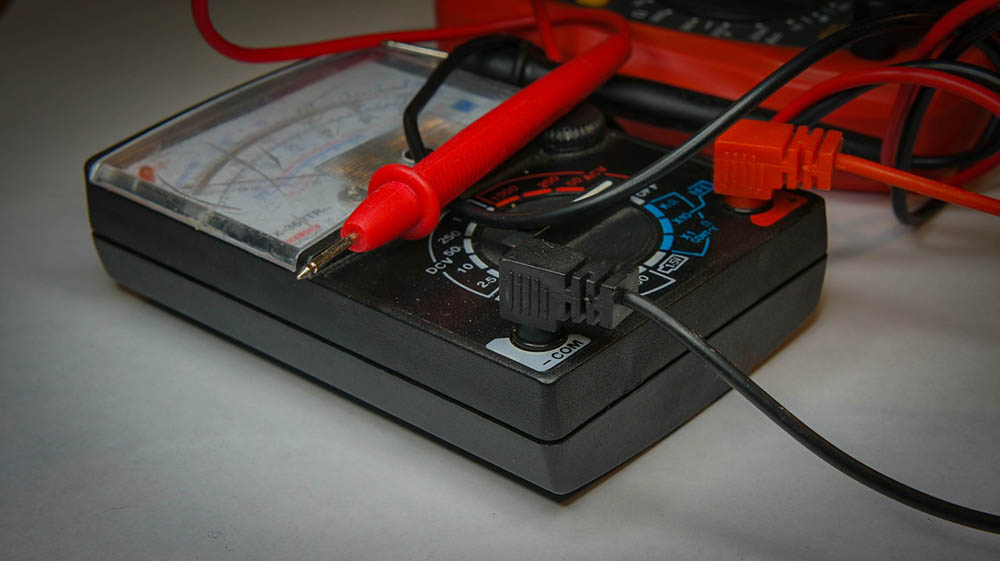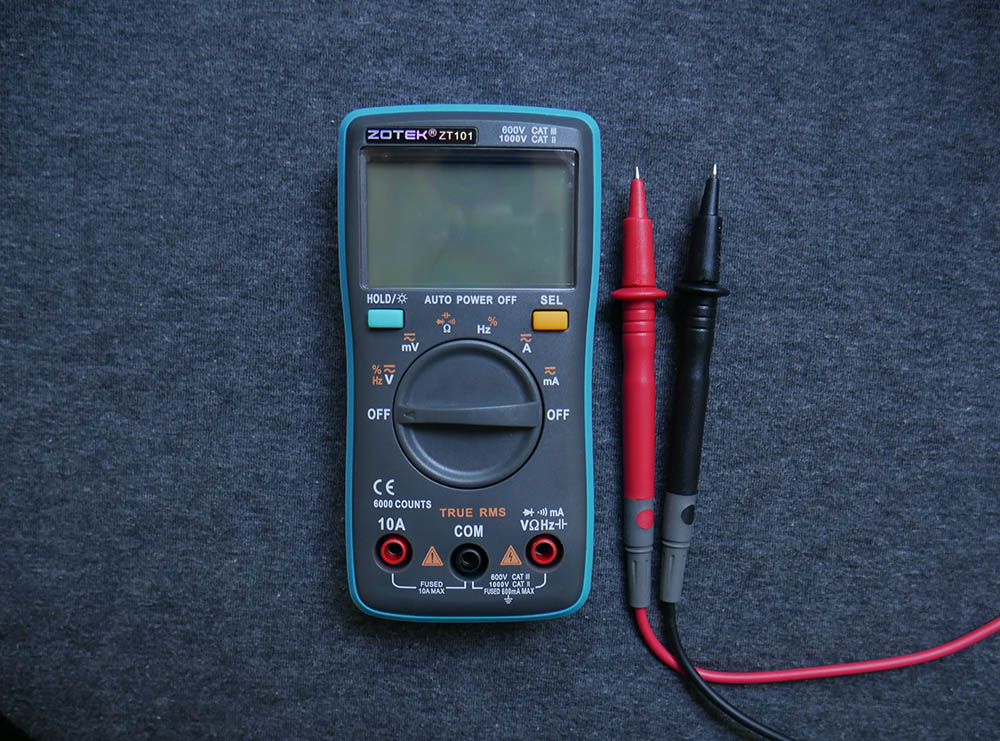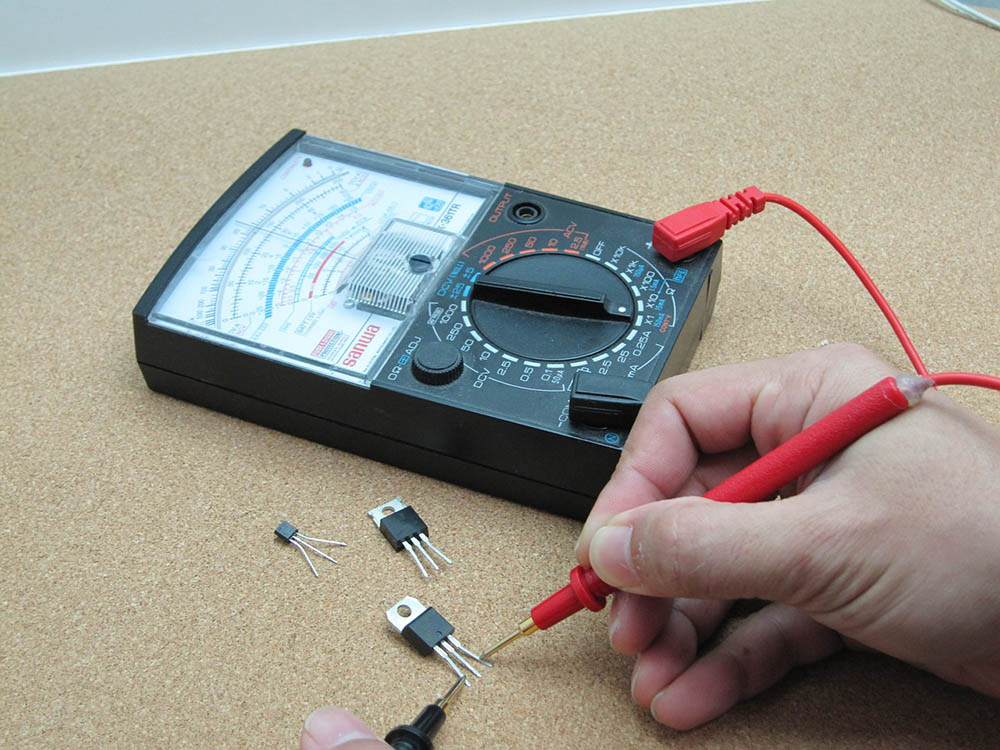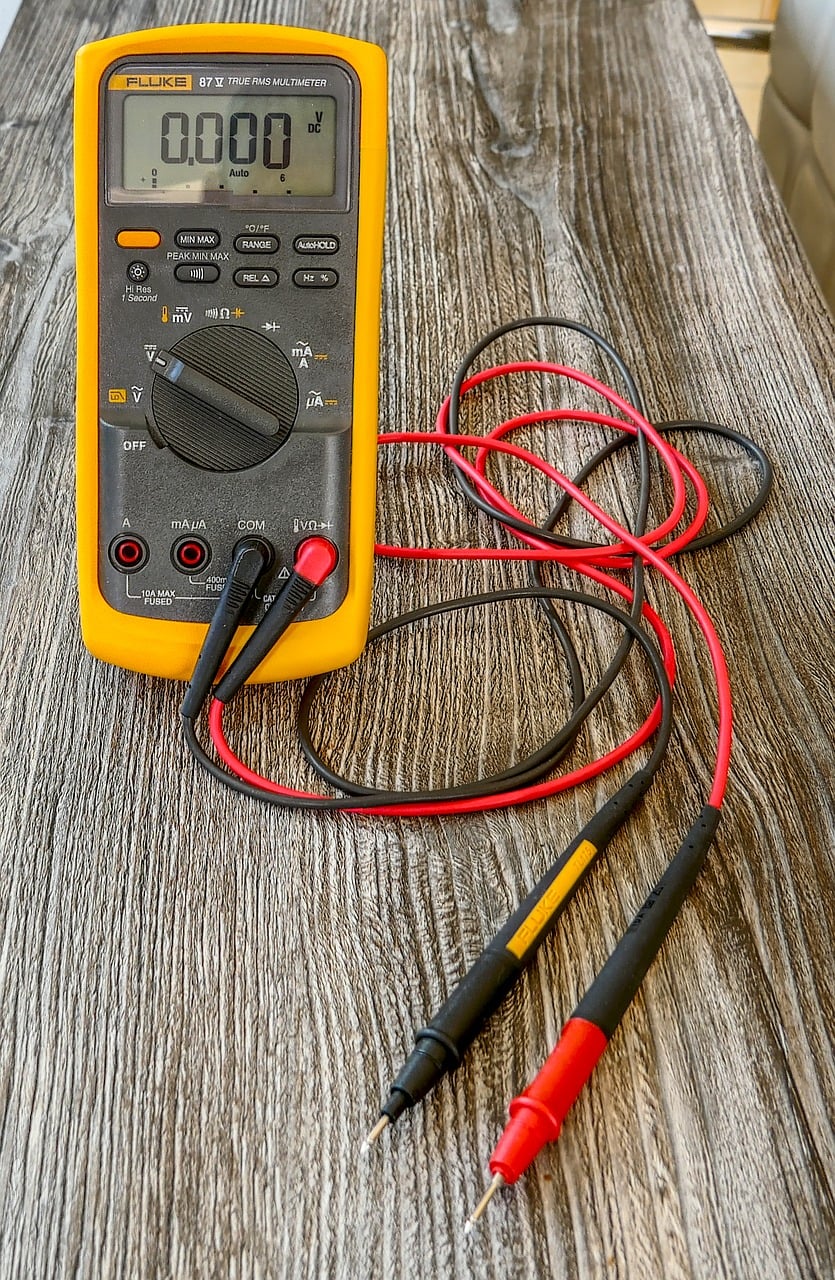6 Multimeter Safety Precaution Tips & Guidelines
-
Ed Malaker
- Last updated:


Multimeters are extremely useful tools that can help you diagnose a wide range of electrical problems. It can measure ohms, resistance, voltage, direct and alternating currents, and some models can even test transistors and capacitors.
However, anytime you’re dealing with electricity, make sure you know all the precautions to help protect yourself while you work. If you frequently use a multimeter, keep reading while we provide you with several tips you can use to ensure your safety and prevent damage to the machine.

The 6 Multimeter Tips and Guidelines
1. Understand How to Use the Multimeter
The first tip we have for you is to read the owner’s manual carefully and understand how to use it before taking any readings. Allowing too much current or voltage into the wrong part of the multimeter can burn it out and affect its accuracy. If you are using the old-style tool with the meter instead of a digital readout, too much voltage can damage the components inside the meter, causing it to read higher. Knowing how to set your multimeter can ensure you get an accurate reading and protect the device from damage.

2. Always Inspect Your Equipment
While the multimeter is an extremely durable tool, the wire leads used to take readings are not so lucky. These leads can deteriorate and crack, exposing the wires within. If you have a pet dog or cat, you know they frequently like to chew things and can damage your wires when you’re not looking, which can also expose the internal metal. If this metal contacts your skin while taking a voltage rating, you can get a shock. Frequent inspection of your tool, especially the leads, can help you notice any damage before it becomes a health risk.
3. Don’t Let the Leads Touch
While the tips of your test leads are sharp and pointy, there is usually an inch or more of bare metal behind it. When testing equipment where the parts are close together, it’s easier than you might think to touch the two leads. Depending on what you are testing, it can lead to a current spike that can damage your multimeter’s internal components.

4. Use The Right Multimeter for The Job
One of the most common mistakes we see people make is using the wrong multimeter for the test circuit. There are four categories of the multimeter ranging from CAT I to Cat IV. The smaller versions like CAT I test equipment with minimal voltage current, while higher-level multimeters like the CAT III and IV are for much bigger circuits and can test voltages of 400 or more. Using a multimeter that’s too small could result in damage to your equipment.
5. Check The Fuse
If your multimeter suddenly stops working after testing a circuit, it may not be because you damaged your equipment. If you are lucky, you’ll find you’ve just burned out a fuse. You will need to consult the owner’s manual that came with your multimeter to learn where the fuse is. However, most hide it behind one of the leads, and you can access it by twisting them. It might also be in a small compartment on the face of your multimeter.

6. Shut It Off and Remove the Battery
For some reason, the multimeter is one of the easiest tools to forget to shut off. You usually turn the dial to select the value you want to test for, then use the leads to test the electrical component. Once you have your number, it’s critical to shut the device off, or it will quickly drain the battery, which can affect your results in the next test.
We also recommend removing the battery when you finish your tests unless you’re a technician that uses the device every day. Most people only need the multimeter once in a while, and leaving the batteries inside can allow them to corrode, which can damage the internal components and could ruin the device.
Related Read: Multimeter Price Guide: How Much Should You Expect to Pay?

Summary
Your multimeter is a safe device that won’t shock you or cause harm unless you’re careless. However, following the tips on this list can help prevent inaccurate readings, damaged equipment, and possible shocks. One of the most important is choosing the right multimedia for your tasks. Most people will need a CAT I or CAT II, but you can discuss it with the sales representative at the retail store that has them for sale to make sure you’re getting the right one. Make sure you check the leads every time, especially if you have pets, and replace them with new ones if you notice any damage.
Featured Image Credit: Pixabay
Contents
